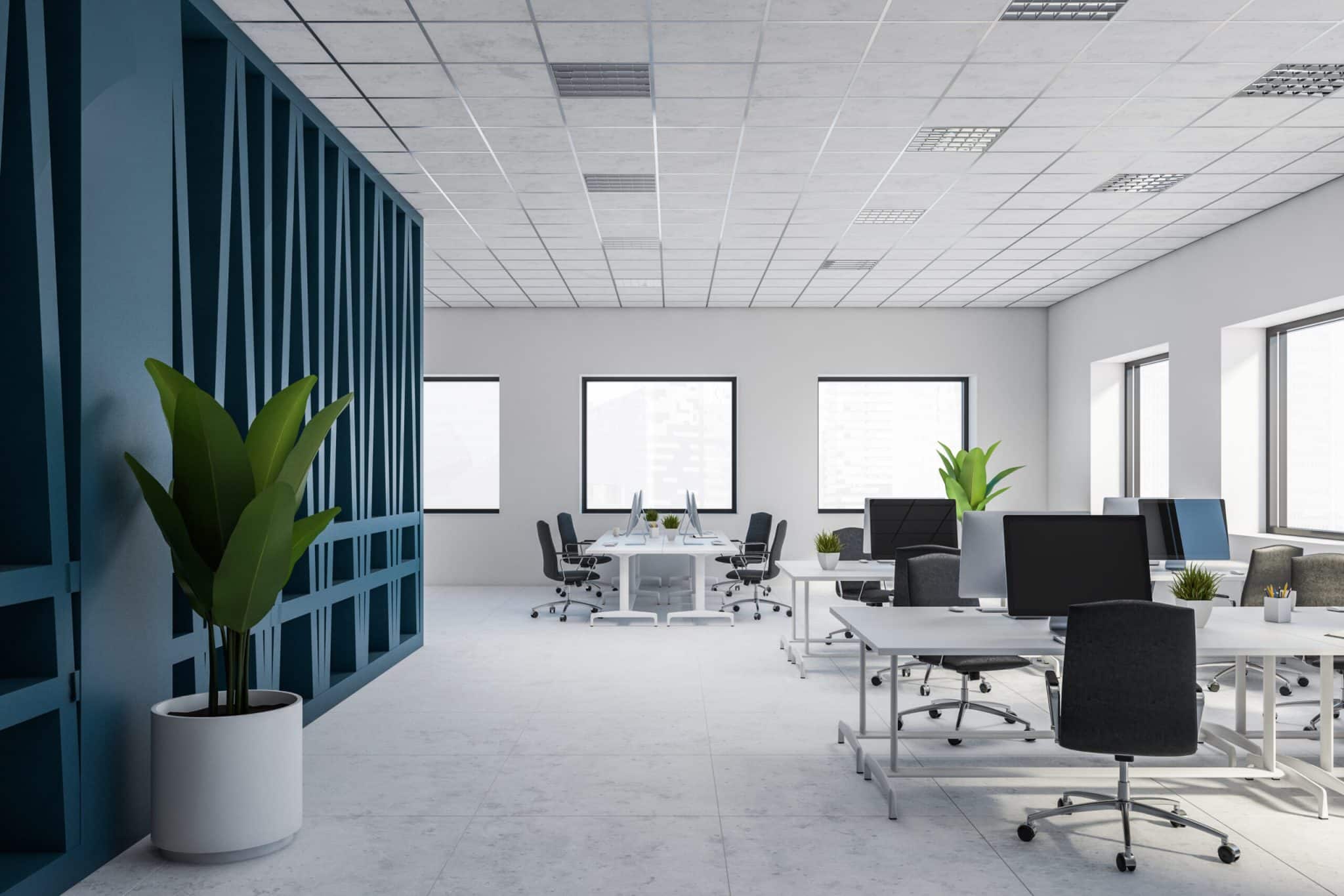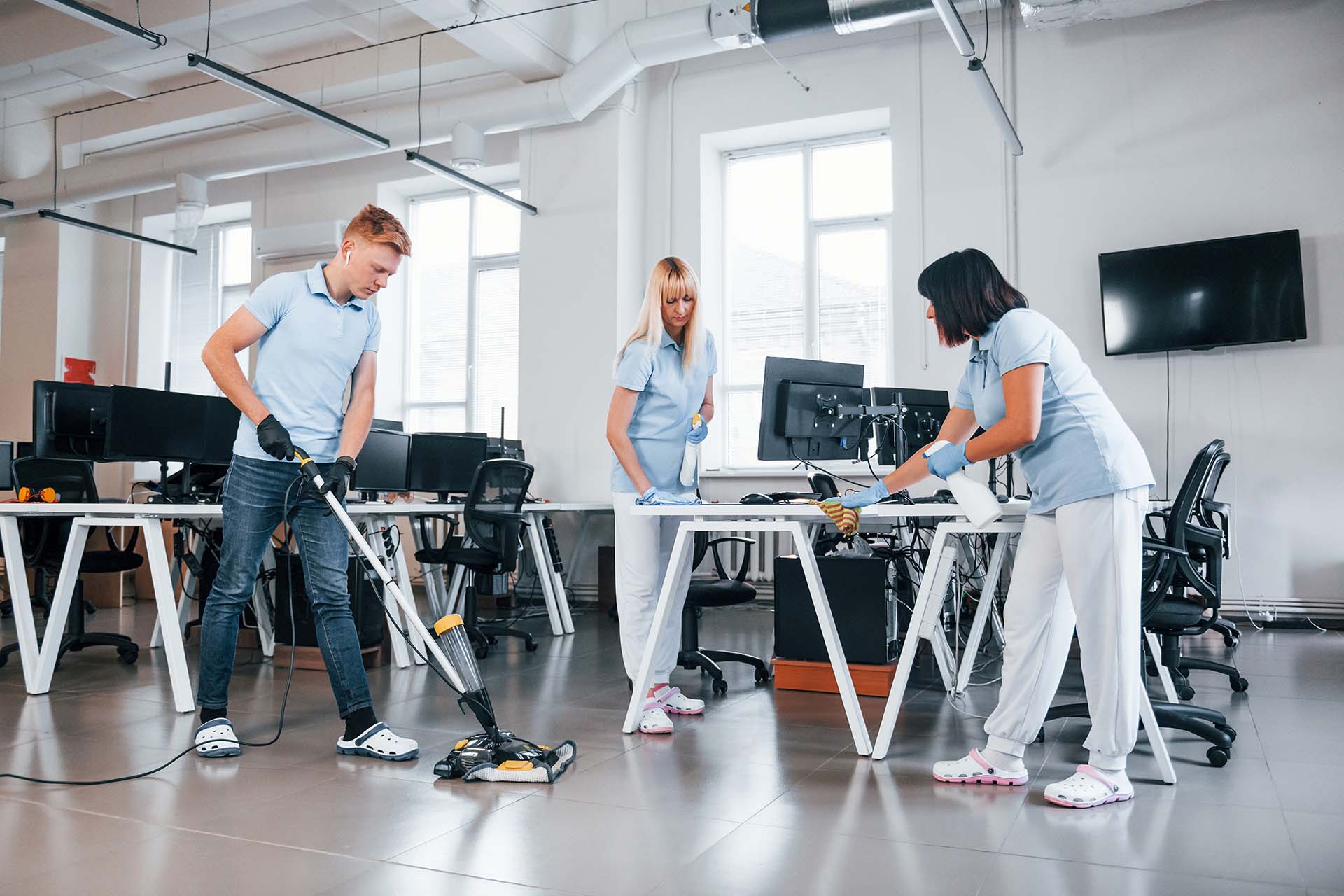Effective facility management enhances workplace productivity by optimizing the physical environment, ensuring safety, and maintaining equipment. Streamlining maintenance, space management, and resource allocation improves employee comfort and efficiency. Implementing automatic time tracking software can provide real-time insights into task durations and staff allocation, enabling facility managers to optimize workflows and improve overall efficiency.
Importance of Facility Management
Facility management is a multifaceted discipline that ensures an organization’s built environment is efficient and effective. IFMA encompasses multiple domains, including safety, maintenance, and space planning. When done correctly, it can significantly enhance workplace productivity by providing employees with the optimal environment for their tasks.
Well-managed facilities provide the necessary support services and create an ambiance that enhances employees’ productivity and morale. High-performing facility management teams, such as those found with Rising Realty Partners, understand that the physical workspace needs to align with an organization’s overall goals. Every detail matters, from ensuring optimal lighting and comfortable temperatures to managing space for collaboration.
Practical facility management is a strategy that addresses employees’ physical and psychological needs, enhancing productivity and cost savings. It involves optimizing resources and reducing waste. Partnering with experts in the field allows organizations to create a conducive work environment, ensuring everything from janitorial services to catering aligns with the needs of employees and the company.
Creating a Safe and Clean Environment
A clean and safe work environment is fundamental to productivity. The CDC notes that regular cleaning and maintenance can reduce the spread of illnesses and improve employee health. Healthy employees are more focused, engaged, and less likely to take sick days. A meticulously maintained workspace shows a commitment to the well-being of employees, which can be highly motivating.
Maintaining clean, safe environments for workers is not simply a matter of compliance; it also demonstrates that their health and safety come first. Simple actions, such as scheduled cleaning, well-maintained restrooms, and clear emergency protocols, can go a long way in securing a high standard of workplace hygiene and safety. For instance, placing hand sanitizers in common areas and conducting regular pest control can create a healthier work environment.
Beyond mere cleanliness, creating a safe environment also means ensuring all safety protocols are current. This includes having clear signage, accessible fire exits, and regular safety drills. When employees perceive that their safety is a top concern, they are more likely to focus intently on their tasks without being distracted by possible risks.
Benefits of Technology Integration
Technology integration in facility management can improve efficiency and streamline operations. Automated systems and IoT devices can monitor building functions in real-time, ensuring optimal heating, cooling, lighting, and security systems operation. These technologies generate valuable data for informed decision-making, reducing energy waste and operational costs.
Building Information Modeling (BIM) and Computer-Aided Facilities Management (CAFM) systems provide predictive maintenance tools, preventing minor issues from becoming major problems. Automation frees staff to focus on strategic tasks, enhancing overall operational efficiency.
Sensors in HVAC systems can alert managers when filters need replacement, preventing more costly issues. Technology integration also improves transparency and accountability, minimizing errors and mismatches and ensuring smooth operations and efficient resource use. Employees benefit from a technology-integrated environment, experiencing fewer disruptions and more consistent working conditions.
Ongoing Maintenance Practices
Regular maintenance is critical to preventing disruptive breakdowns and ensuring the longevity of facilities. Routine checks and timely repairs maintain the facility’s functionality, reducing the likelihood of unexpected closures or shifts in employee productivity due to environmental issues. Regular maintenance also ensures that the workplace meets all necessary health and safety regulations, vital for compliance and employees’ well-being.
A structured maintenance schedule helps identify and resolve potential problems before they escalate. It also ensures that all equipment and infrastructure run at peak efficiency, thus avoiding costly emergency repairs.
A proactive approach to maintenance reflects an organization’s commitment to providing a stable and reliable working environment. For example, regular HVAC maintenance can prevent system failures during peak seasons, ensuring the workplace remains comfortable year-round.
In addition, consistent maintenance can also lead to significant cost savings over time. By addressing minor issues promptly, organizations can avoid the expense of major repairs or replacements. Moreover, a well-maintained facility positively impacts employee morale, as workers are less likely to be distracted by malfunctioning equipment or subpar working conditions.
Promoting Sustainability
Sustainable facility management practices are crucial for the environment, organizational reputation, and employee satisfaction. Implementing recycling programs and energy-efficient systems and promoting a green workplace culture are essential.
Businesses are integrating sustainability into their operational strategy as they become more aware of its significance as a corporate duty. Long-term cost savings can be achieved through energy-efficient lighting and HVAC systems.
Sustainability initiatives attract talent who prioritize ecological responsibility and work for organizations that share their values. Green building materials and eco-friendly office supplies also contribute to sustainability.
Encouraging employees to participate in sustainability initiatives fosters a collective commitment to the environment, reducing the organization’s carbon footprint and building a cohesive workforce.
Employee Engagement and Morale
The workspace environment significantly impacts employee engagement and morale. Positive work environments may be created with collaborative spaces, sufficient lighting, and ergonomic designs, all of which can boost productivity. Investing in quality furniture, air quality, and natural light can improve employee satisfaction and performance.
A well-designed workspace encourages creativity and innovation by providing areas for brainstorming and collaboration. Content employees are more inclined to remain with a company, leading to lower turnover rates and a more cohesive team.
Amenities like breakout rooms, quiet spaces, and recreational facilities can also enhance job satisfaction. By thoughtful facility management, companies can create an environment where everyone feels motivated and valued, resulting in increased productivity and satisfaction.



